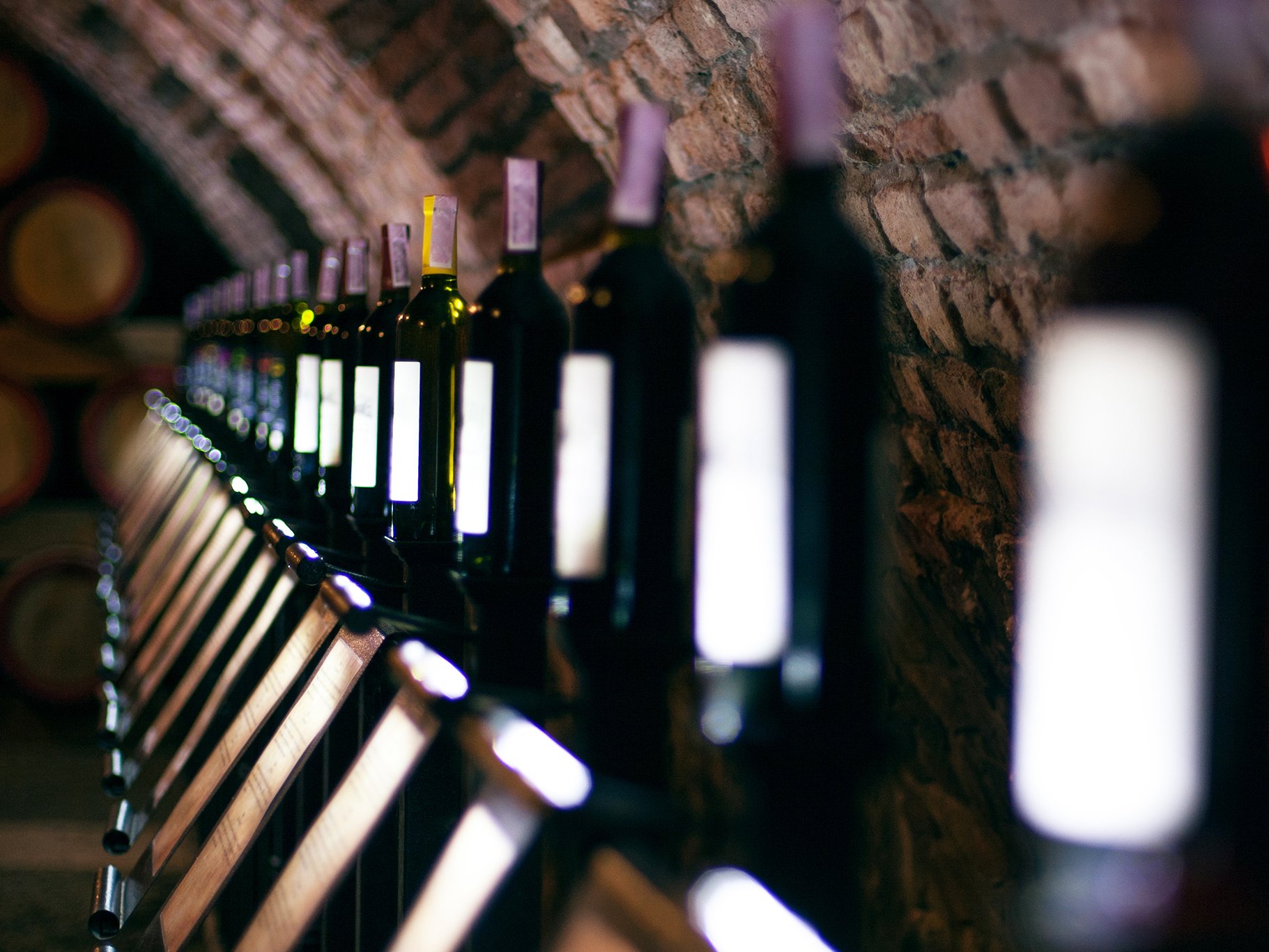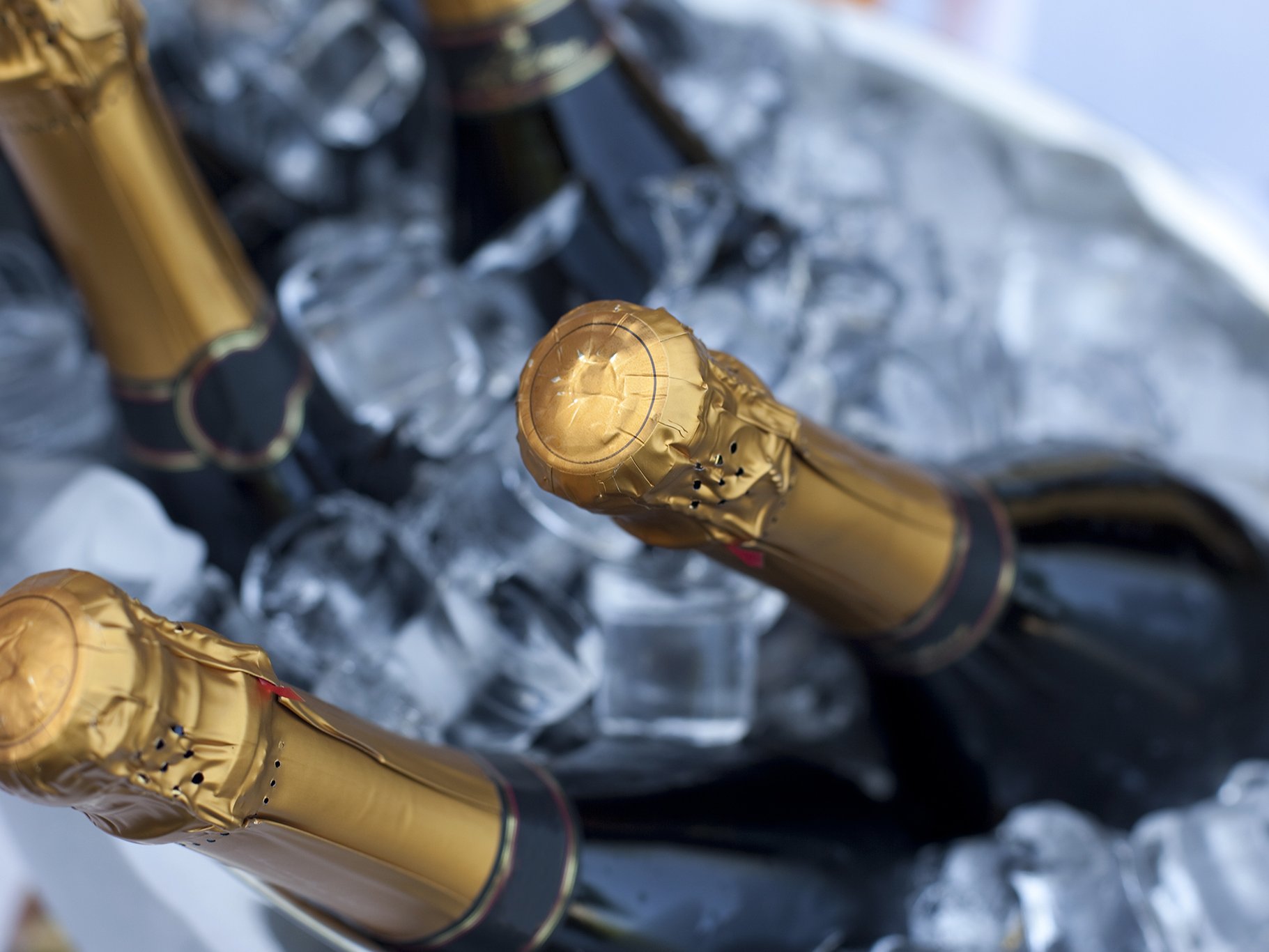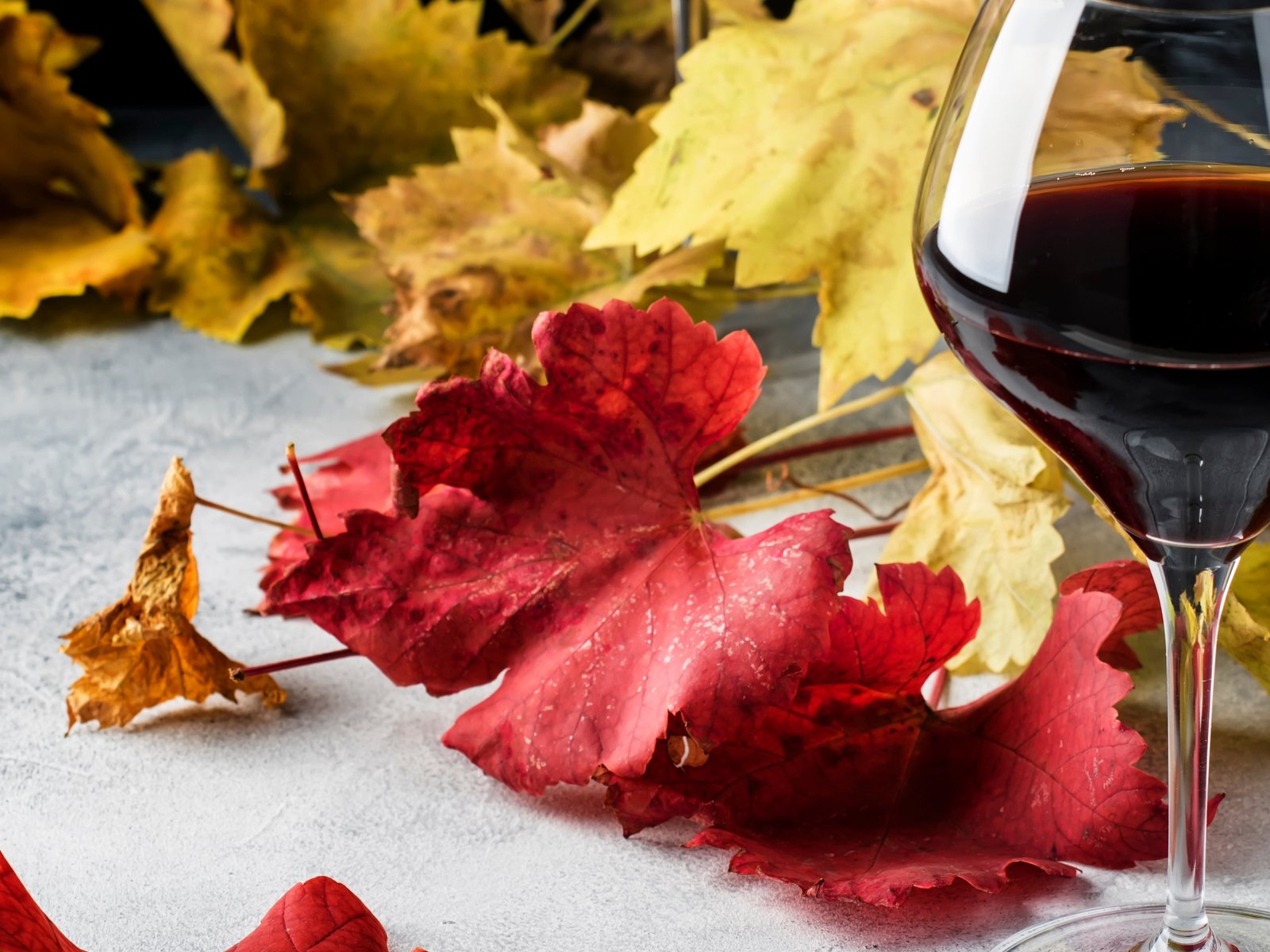Wine Investment part 2: beyond Bordeaux and Burgundy
Tastes have broadened considerably in the last generation, but how much has this spilled over into the conservative world of wine investment?
Just as Bordeaux and Burgundy are likely to form the foundation of a fine wine lovers’ cellar, so too do these two regions tend to dominate a wine investor’s focus. But in the same way that a good cellar will also have a few cases of Napa Cabernet, decent Champagne and perhaps some Brunello or Barolo, these regions can also add welcome spice to an investment portfolio.
It's easy to dismiss Champagne as party fuel, suitable to keep on standby for New Year or a birthday but not much longer. Indeed, few white wines, never mind fizzy ones, are viewed as a seriously age-worthy – and therefore investment grade –prospect. But insiders have long appreciated the pleasures of serious, mature Champagne, and investors are rapidly catching up.
Burgundy may have stolen the limelight of the latest Liv-ex Power 100, a snapshot of the best-performing wines on the global secondary market, but Champagne was certainly breathing down its neck. In fact, the sparkling triumvirate of Dom Pérignon, Louis Roederer and Krug seized the only top 10 spots not occupied by Côte d’Or domaines.
“The clear momentum is now with Champagne,” observed Liv-ex, highlighting this region’s strong performance based on several metrics. First, there’s the steadily growing share of trade for this category as a whole: up from 8.4 per cent to 12.1 per cent in a single year. Then there’s the significant price leap of individual names: Jacques Selosse saw its average market price soar by 104.9 per cent last year, with Egly-Ouriet up by 90.1 per cent and Salon by 64.2 per cent.
Liquidity and volume
Even more enticing for investors focused on liquidity – and a sharp contrast to Burgundy – is the significant volume available for several of these top performers. Dom Pérignon is notoriously discreet about annual production, but you only need to browse your local supermarket to find rumours that it sits well above the million bottle mark highly plausible. Meanwhile Louis Roederer only entered the Liv-ex top 10 in 2019, but last year its prestige cuvée Cristal was the index’s top traded wine by volume.
If Champagne is currently emulating Burgundy in terms of excitement, those who prefer the less volatile trajectory of Bordeaux may prefer to direct their gaze towards Italy. According to Liv-ex, Sassicaia remains the sixth most traded wine by volume, while fellow Super Tuscan Tignanello took seventh place and hopped 16 places up the overall performance rankings.

Italy also catches the eye in terms of bright prospects for 2023, although don’t just limit your gaze to Tuscany. A recent Liv-ex survey saw many merchants highlight increased interest in Piedmont, home of Barolo and Barbaresco, predicting that demand for this region could go “crazy”. When you consider that Piedmont producers’ volumes, especially for their top wines, are much more in line with Burgundy than Bordeaux, it certainly wouldn’t take a huge surge in demand for prices to follow suit.
Like Italy, California may not edge its way into the company of the current top performers, but that certainly doesn’t mean it’s a duff prospect. Many top Napa names are produced in small volumes, but values are high enough to help Harlan, Scarecrow and Hundred Acre leap up the 2022 rankings, while Screaming Eagle lost a little altitude but continued to soar above them. Clearly, interest is still there, even if it's not making headlines.
What about the Rhône?
It's easy to feel sorry for the Rhône, which persistently struggles to attract the same buzz as its French fine wine peers, despite the presence of some very serious, age-worthy wines. That unfashionability does, however, make this region a more accessible entry point for more cautious or impecunious investors.
Producers with broad portfolios such as Guigal, Chapoutier and Famille Perrin all climbed quietly up the Liv-ex rankings last year. But the Rhône is not entirely without stardust: there was a flashy performance from Château Rayas, whose 44 per cent price rise – it now trades at an eye-watering average of £17,768 per case – catapulted it well into the top 100.
As the fine wine market broadens, there’s certainly an argument for backing attractive outsiders from regions that have not been a traditional feature of the investment market. Choose wisely: a lot of money at the turn of the millennium piled into Australian Shiraz, much of which has failed to reward that faith.
Based on its own index, Liv-ex tips a couple of far-flung prospects: New Zealand’s Kumeu River and Patagonian producer Bodega Chacra. Closer to home, and the fine wine mainstream, is Telmo Rodriguez, whose Spanish portfolio is underpinned, but certainly not limited to, his native Rioja.
Wild card investments
Of course, there’s a very real chance these wild card investments will not take off on the secondary market after all. For the moment at least, their relatively modest price is more aligned with rewarding drinkers than investors, and it’s probably safest to view them in this light. But then there’s something irresistible about that small, alluring chance you could emulate those buyers who unwittingly snaffled a bargain all those years ago.
Let’s torture ourselves briefly with an example. The 2000 Berry Brothers & Rudd list offered Domaine Armand Rousseau Gevrey-Chambertin 1995 for £21.95 a bottle. Anyone who bought some and didn’t immediately knock it back with their Sunday lunch as the producer intended may be interested to know that, at the time of writing, a single bottle of exactly the same wine was available from Hedonism Wines for £788 – not a cork many would pull lightly.
Only time will tell if that Argentine Pinot Noir follows the same trajectory. Don’t count on it, but maybe keep a bottle back just in case.






